Home>Gardening & Outdoor>Plant Care & Gardening Tips>How Long Will Potted Mums Last
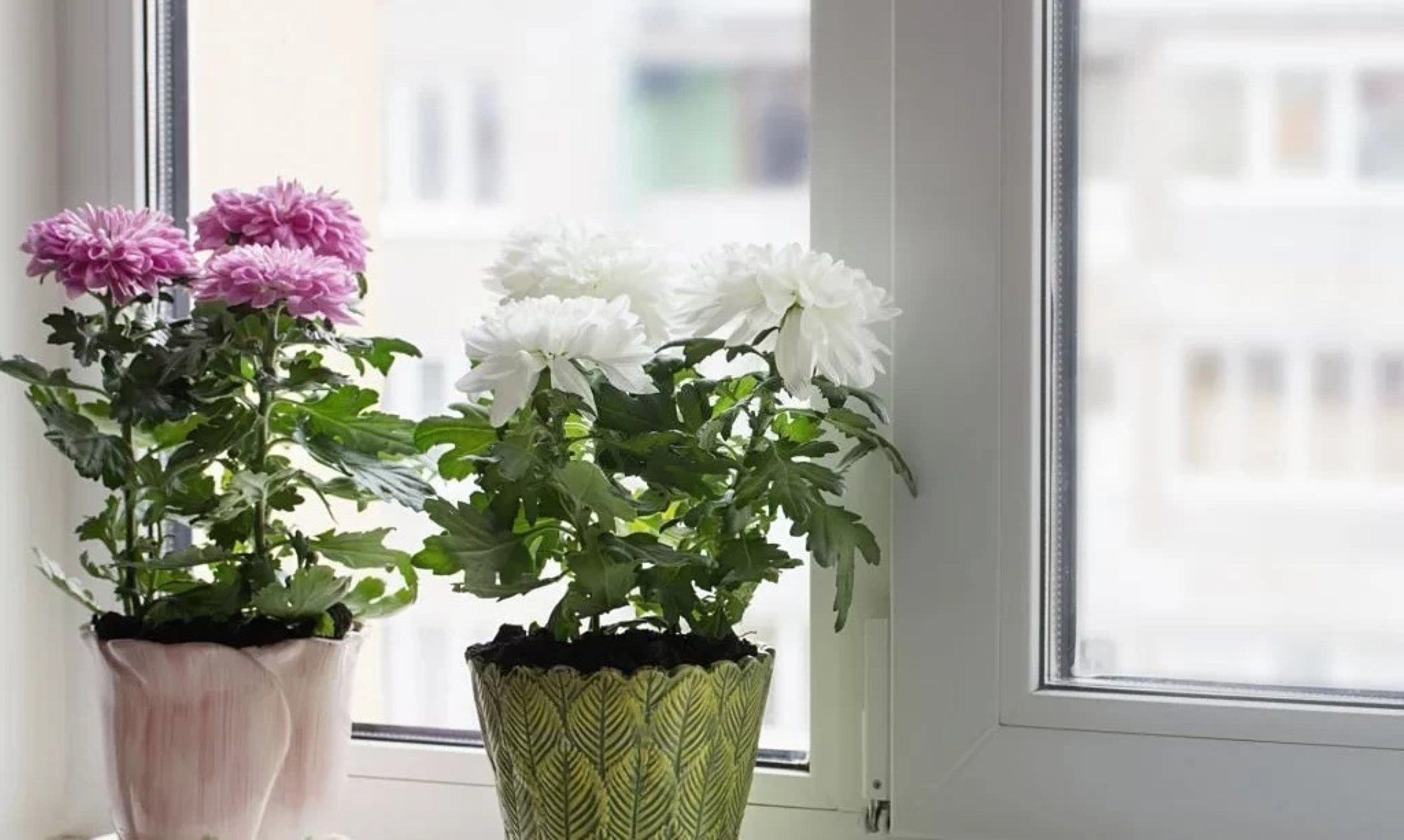

Plant Care & Gardening Tips
How Long Will Potted Mums Last
Published: February 29, 2024
Discover expert plant care and gardening tips to ensure your potted mums thrive. Learn how to extend the lifespan of your mums and keep them vibrant for longer.
(Many of the links in this article redirect to a specific reviewed product. Your purchase of these products through affiliate links helps to generate commission for Storables.com, at no extra cost. Learn more)
Introduction
Potted mums, also known as chrysanthemums, are popular ornamental plants cherished for their vibrant and diverse array of colors. These delightful flowers are a staple in fall gardens and are often used to add a burst of color to indoor spaces as well. Whether adorning porches, patios, or living room tables, potted mums bring a touch of autumnal charm wherever they are placed.
As with any living plant, the lifespan of potted mums is a common concern for those who wish to enjoy their beauty for as long as possible. Understanding the factors that influence the longevity of these plants and learning how to care for them properly can significantly impact their lifespan. By implementing the right strategies, it is possible to extend the duration of enjoyment derived from these lovely blooms.
In this comprehensive guide, we will delve into the various factors that affect the longevity of potted mums, providing valuable insights and practical tips for ensuring their prolonged vibrancy. By the end of this article, you will be equipped with the knowledge and know-how to nurture your potted mums, allowing you to revel in their beauty for an extended period. Let's embark on this journey to unlock the secrets of maximizing the lifespan of your cherished potted mums.
Key Takeaways:
- Potted mums can thrive longer with proper care, including ideal environmental conditions, balanced watering, and regular pest management. By following these tips, you can enjoy their vibrant beauty for an extended period.
- Recognizing signs of aging in potted mums, such as fading blooms and yellowing foliage, allows for proactive measures to extend their lifespan. With attentive care and maintenance, you can maximize the enjoyment of these delightful flowers.
Read more: How Long Do Mums Last
Factors Affecting the Longevity of Potted Mums
The longevity of potted mums is influenced by various factors, each playing a crucial role in determining how long these delightful flowers will grace your living space. Understanding these factors is essential for providing the optimal care that will extend the lifespan of your potted mums.
1. Environmental Conditions
The environment in which potted mums are placed significantly impacts their longevity. These plants thrive in cool temperatures, generally preferring a range between 60 to 70 degrees Fahrenheit during the day and slightly cooler temperatures at night. Exposure to excessive heat or cold can shorten their lifespan. Additionally, potted mums require ample sunlight, ideally around six hours of direct sunlight daily, to flourish and maintain their vibrancy.
2. Watering and Moisture Levels
Proper watering is crucial for the longevity of potted mums. These plants prefer consistently moist soil, but overwatering can lead to root rot and other issues. Conversely, allowing the soil to dry out completely can stress the plants and shorten their lifespan. Striking the right balance by watering the mums when the top inch of soil feels dry to the touch is essential for their well-being.
3. Soil Quality
The quality of the soil in which potted mums are planted significantly affects their longevity. Well-draining soil that retains moisture without becoming waterlogged is ideal for these plants. Additionally, incorporating organic matter into the soil can provide essential nutrients and promote healthy growth, ultimately contributing to a longer lifespan for the potted mums.
Read more: How Long Do Bloomed Mums Last
4. Fertilization
Proper fertilization plays a vital role in extending the lifespan of potted mums. Using a balanced, water-soluble fertilizer can provide the necessary nutrients for robust growth and vibrant blooms. However, over-fertilization can be detrimental, leading to excessive foliage growth at the expense of flowers and potentially shortening the overall lifespan of the plants.
5. Pest and Disease Management
Pests and diseases can significantly impact the longevity of potted mums. Regular inspection for common pests such as aphids, spider mites, and caterpillars is essential for early detection and prompt intervention. Additionally, maintaining good air circulation around the plants and avoiding overhead watering can help prevent fungal diseases, contributing to the overall health and longevity of the potted mums.
Understanding and addressing these factors is crucial for maximizing the lifespan of potted mums. By providing the right environmental conditions, proper watering and soil care, appropriate fertilization, and proactive pest and disease management, you can ensure that your potted mums thrive and adorn your living space with their vibrant beauty for an extended period.
Tips for Extending the Lifespan of Potted Mums
-
Regular Maintenance and Deadheading: Removing spent blooms and dead foliage not only enhances the appearance of potted mums but also encourages the plants to redirect their energy into producing new blooms. Regular deadheading, which involves snipping off faded flowers, prevents the formation of seeds and promotes continuous flowering, thereby extending the overall blooming period of the mums.
-
Proper Watering Technique: Consistent and adequate watering is essential for the longevity of potted mums. When watering, it's crucial to ensure that the soil is moist but not waterlogged. Overwatering can lead to root rot, while underwatering can cause stress to the plants. Watering the mums at the base, preferably in the morning, allows the foliage to dry before evening, reducing the risk of fungal diseases and promoting overall plant health.
-
Pruning for Shape and Health: Regular pruning helps maintain the shape and health of potted mums. Pinching back the stems when the plants are young encourages bushier growth and more abundant blooms. Additionally, pruning leggy or straggly growth promotes a more compact and aesthetically pleasing appearance while stimulating new growth, contributing to an extended lifespan for the plants.
-
Protection from Harsh Weather: Potted mums are sensitive to extreme weather conditions. During periods of intense heat or cold, providing adequate protection is crucial for their longevity. Placing the pots in a sheltered location or using protective coverings during adverse weather conditions can shield the plants from excessive heat, cold, or wind, ultimately prolonging their lifespan.
-
Appropriate Container and Soil Selection: Choosing the right container and soil is vital for the well-being of potted mums. Selecting a container with adequate drainage holes prevents waterlogging, while using well-draining, nutrient-rich soil promotes healthy root development and overall plant vigor. Additionally, incorporating organic matter into the soil can provide essential nutrients, contributing to the prolonged health and vibrancy of the mums.
-
Regular Monitoring and Care: Observing the potted mums regularly allows for early detection of any issues such as pest infestations, diseases, or nutrient deficiencies. Prompt intervention, such as addressing pest problems, adjusting watering practices, or providing additional nutrients when necessary, can prevent potential threats and contribute to the extended lifespan of the plants.
Implementing these tips for the care and maintenance of potted mums can significantly impact their longevity, allowing these delightful flowers to grace your living space with their vibrant beauty for an extended period. By providing the right care, attention, and environmental conditions, you can ensure that your potted mums thrive and continue to delight with their colorful blooms.
Signs that Potted Mums are at the End of Their Lifespan
Recognizing the signs that indicate potted mums are reaching the end of their lifespan is essential for providing appropriate care and making informed decisions regarding their maintenance. By being attentive to these indicators, you can take proactive measures to address any issues and potentially prolong the vibrancy of your cherished potted mums.
-
Fading Blooms: One of the initial signs that potted mums may be nearing the end of their lifespan is the gradual fading of their blooms. As the flowers age, their vibrant colors may start to diminish, and the petals may wilt or lose their firmness. This natural progression indicates that the flowering phase is coming to an end.
-
Yellowing Foliage: The foliage of potted mums can provide valuable insights into the plant's overall health and lifespan. If you notice the leaves turning yellow and becoming increasingly wilted, it may signify that the plants are reaching the end of their lifespan. This discoloration and loss of turgidity are common indicators of aging in potted mums.
-
Reduced Flower Production: As potted mums near the end of their lifespan, they may exhibit a decline in flower production. The once abundant blooms may become sparse, and the overall flowering intensity may diminish. This reduction in flower production is a natural occurrence as the plants progress through their lifecycle.
-
Stem Browning and Drying: Another sign that potted mums are approaching the end of their lifespan is the browning and drying of their stems. As the plants age, the stems may lose their vigor and begin to exhibit signs of desiccation, indicating that the overall vitality of the plants is waning.
-
Decreased Vigor and Growth: Potted mums at the end of their lifespan may display a general decrease in vigor and growth. The once robust and lush appearance of the plants may give way to a more subdued and diminished overall stature. This reduction in vitality is a natural progression as the plants complete their lifecycle.
-
Root Bound Conditions: Over time, potted mums may become root bound, where the roots outgrow the container and become tightly packed. This can restrict the plant's ability to uptake nutrients and water, leading to a decline in overall health and signaling that the plants may be reaching the end of their lifespan.
Recognizing these signs allows you to make informed decisions regarding the care and maintenance of your potted mums. While these indicators signify the natural progression of the plants' lifecycle, proactive measures such as adjusting watering practices, providing appropriate fertilization, or considering repotting can potentially extend the duration of enjoyment derived from these delightful flowers. By being attentive to these signs and responding with care and consideration, you can maximize the lifespan of your potted mums and continue to revel in their beauty for an extended period.
Read more: How Long Do Mums Last In The Fall
Conclusion
In conclusion, the longevity of potted mums is influenced by a myriad of factors, including environmental conditions, watering and moisture levels, soil quality, fertilization, and pest and disease management. By understanding and addressing these factors, it is possible to extend the lifespan of these delightful flowers and enjoy their vibrant beauty for an extended period.
Implementing the tips for extending the lifespan of potted mums, such as regular maintenance and deadheading, proper watering techniques, pruning for shape and health, protection from harsh weather, appropriate container and soil selection, and regular monitoring and care, can significantly impact the overall health and longevity of the plants. By providing the right care, attention, and environmental conditions, you can ensure that your potted mums thrive and continue to delight with their colorful blooms.
Recognizing the signs that potted mums are at the end of their lifespan is crucial for making informed decisions regarding their care and maintenance. By being attentive to indicators such as fading blooms, yellowing foliage, reduced flower production, stem browning and drying, decreased vigor and growth, and root bound conditions, you can take proactive measures to potentially extend the vibrancy of your cherished potted mums.
In essence, nurturing potted mums to maximize their lifespan is a rewarding endeavor that allows for the continual enjoyment of their beauty. By providing the optimal care, addressing their specific needs, and being attentive to signs of aging, you can ensure that these delightful flowers grace your living space with their vibrant colors for an extended period.
Ultimately, the journey of caring for potted mums is a fulfilling experience that not only adds natural beauty to your surroundings but also fosters a deeper connection with the wonders of plant life. With the knowledge and insights gained from this guide, you are well-equipped to embark on this journey and nurture your potted mums, allowing them to thrive and bring joy with their radiant blooms for an extended duration.
Frequently Asked Questions about How Long Will Potted Mums Last
Was this page helpful?
At Storables.com, we guarantee accurate and reliable information. Our content, validated by Expert Board Contributors, is crafted following stringent Editorial Policies. We're committed to providing you with well-researched, expert-backed insights for all your informational needs.
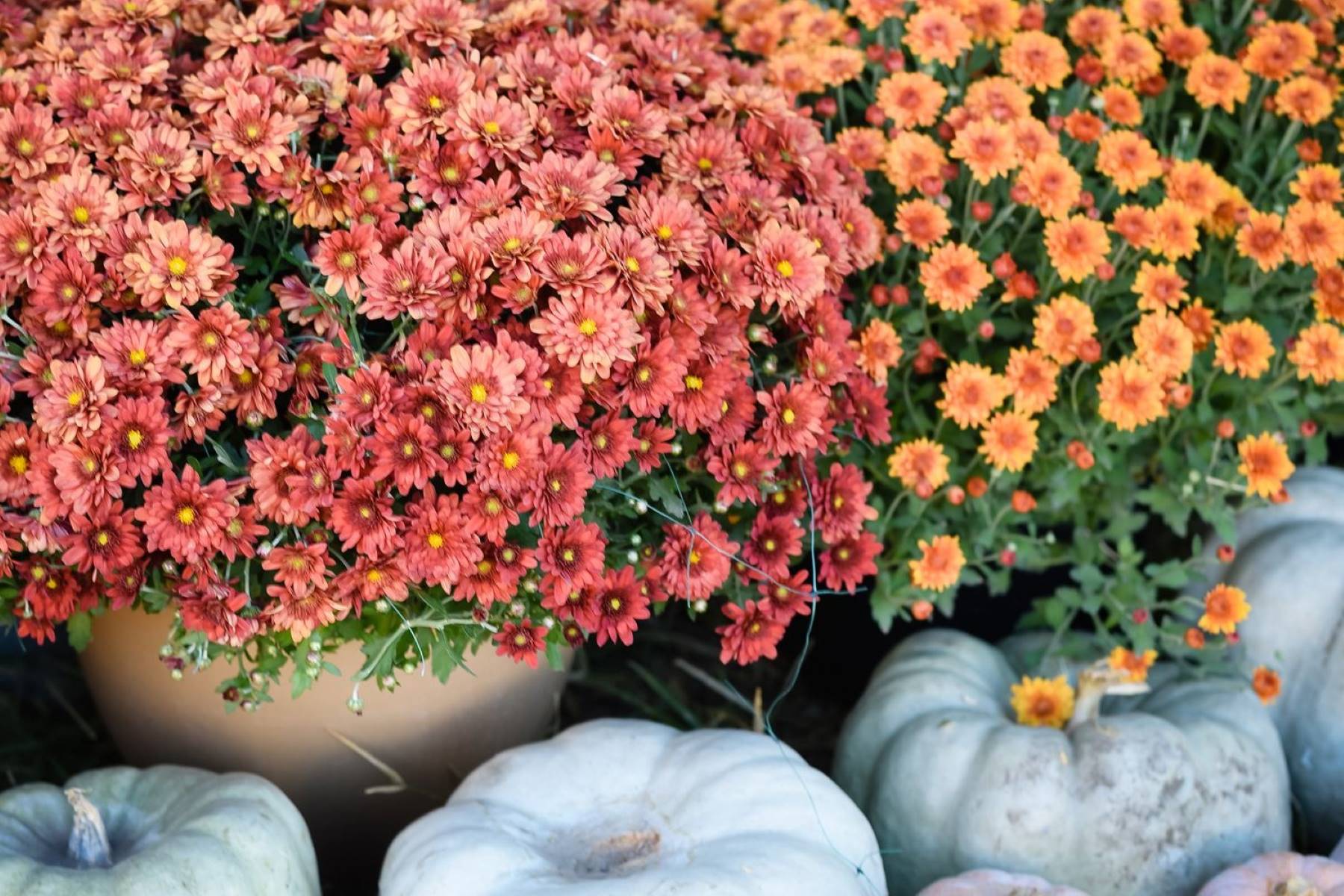
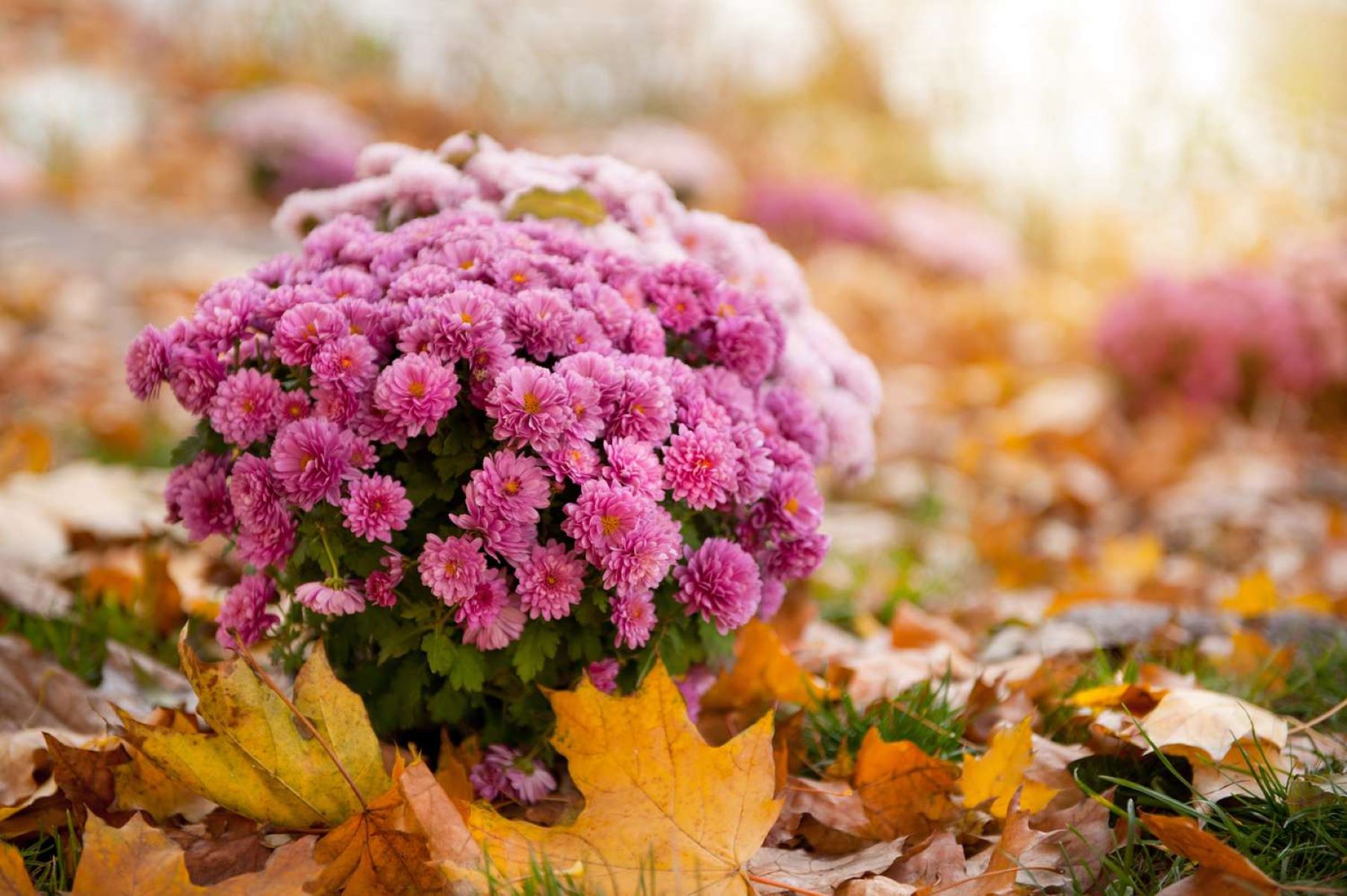
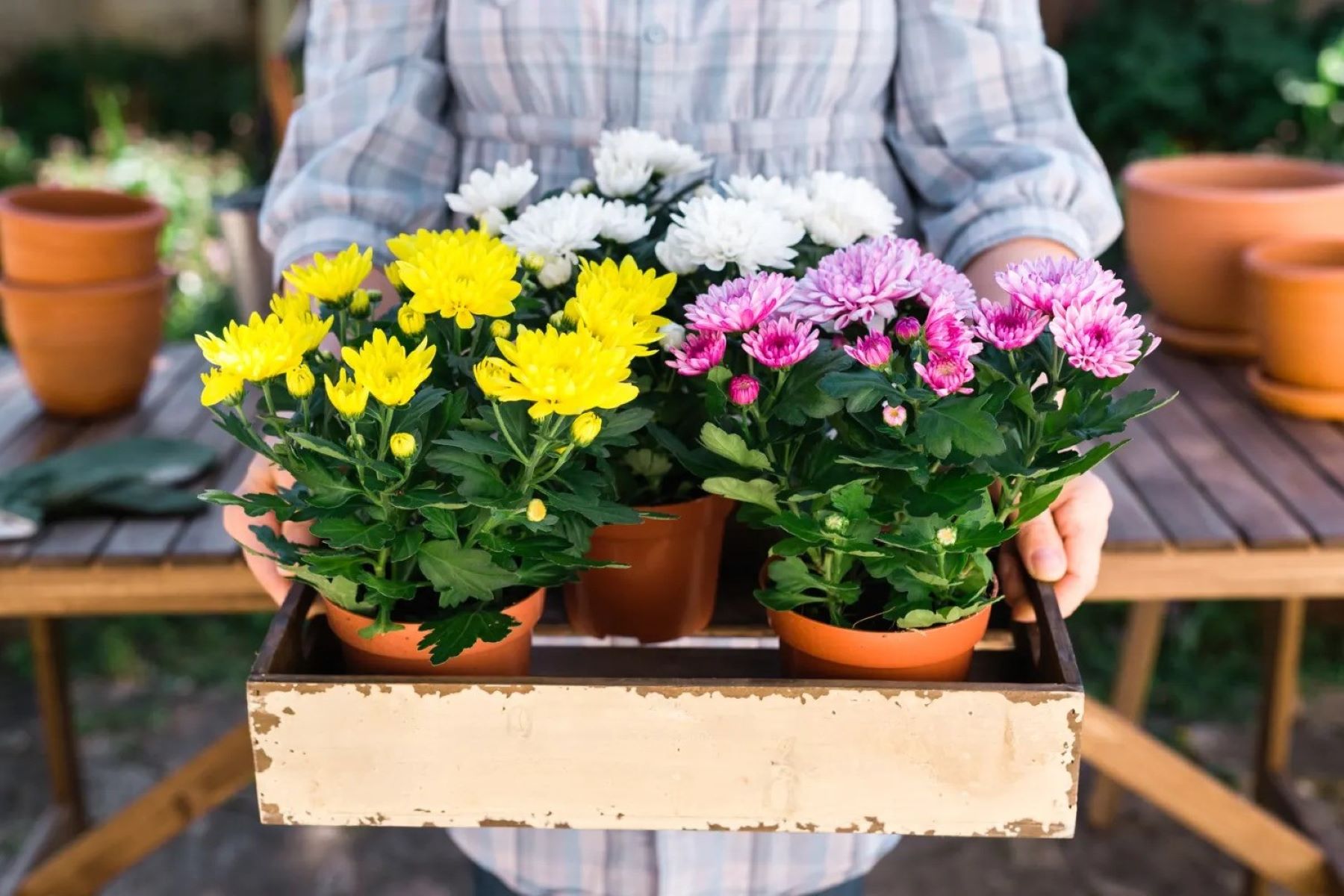
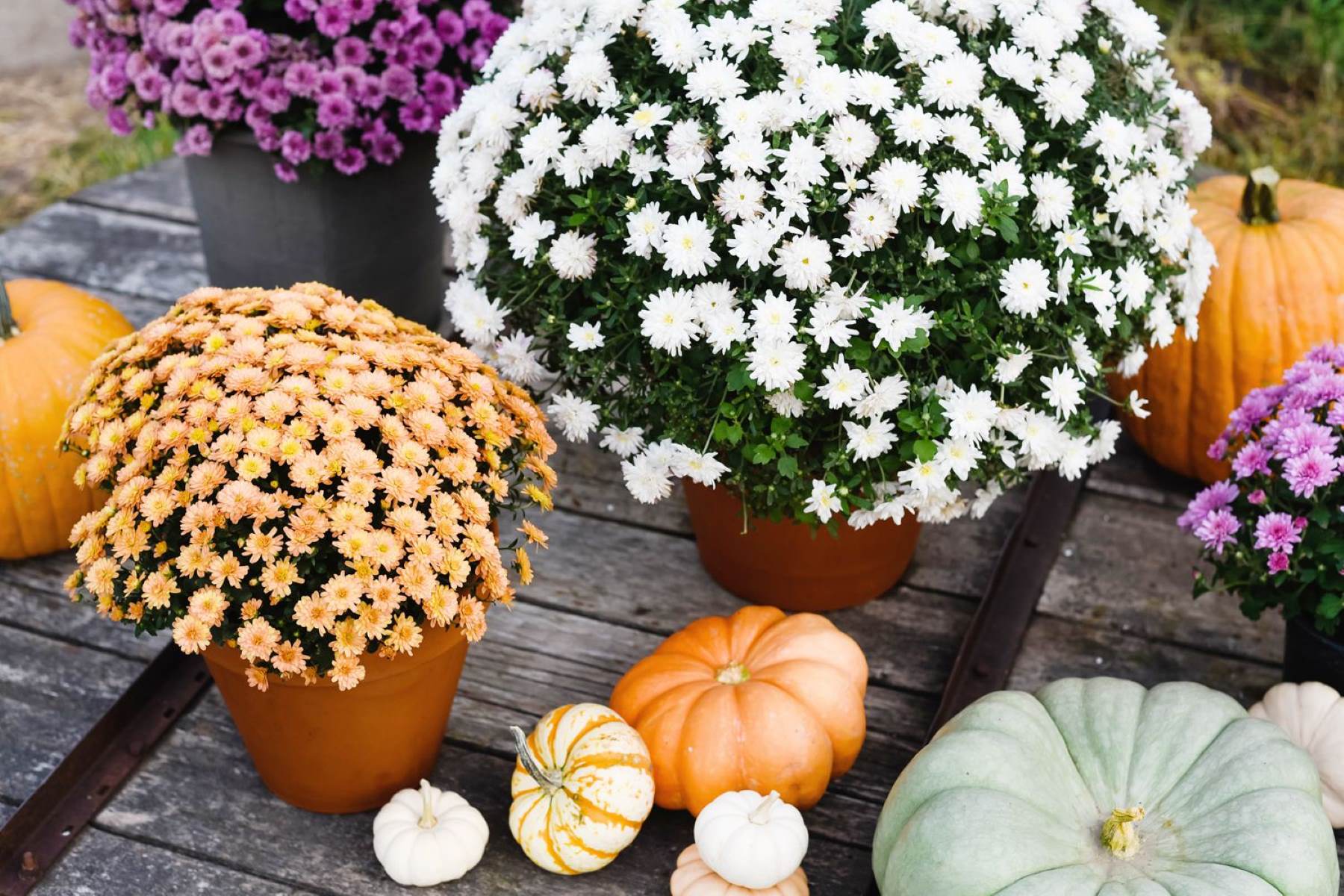
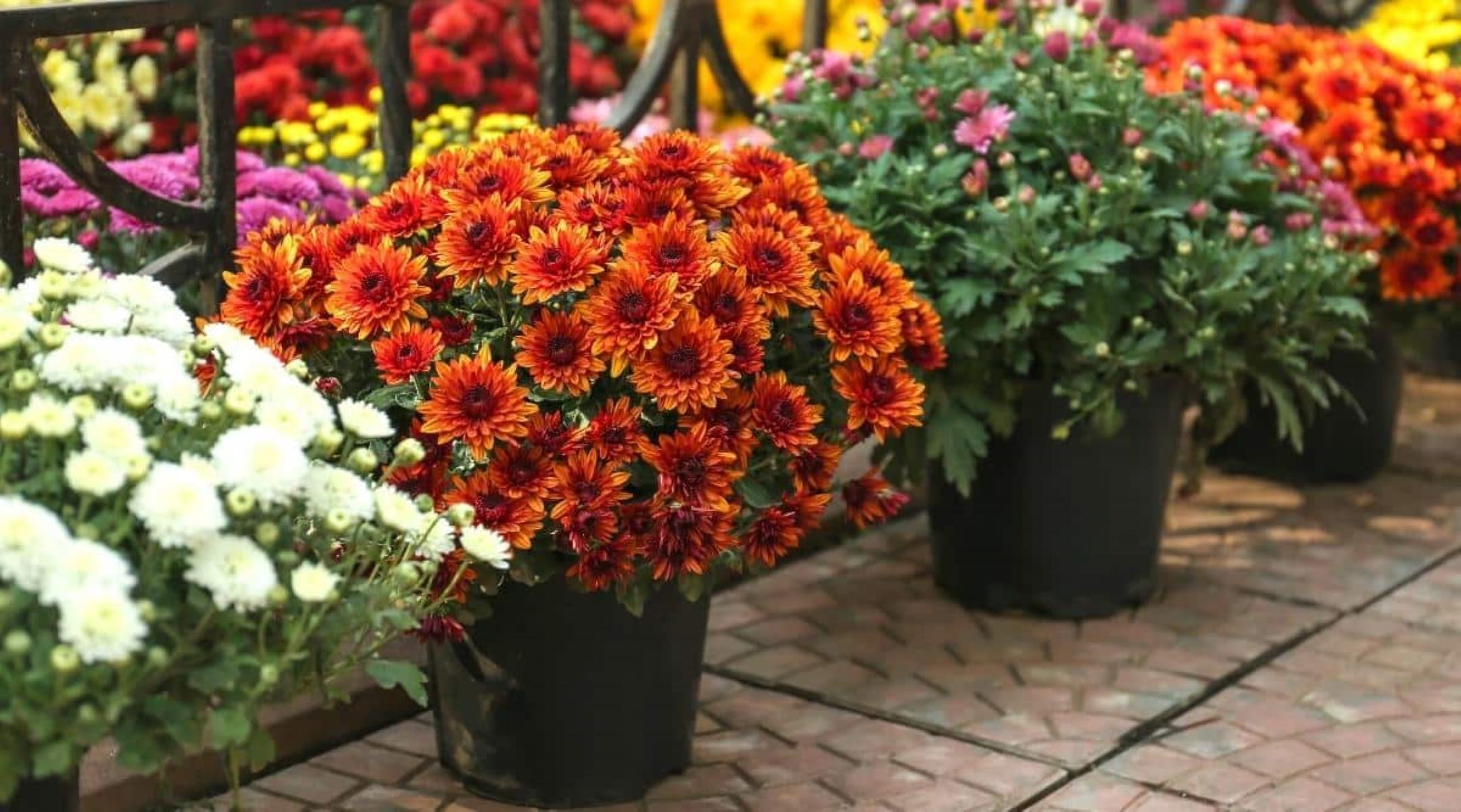
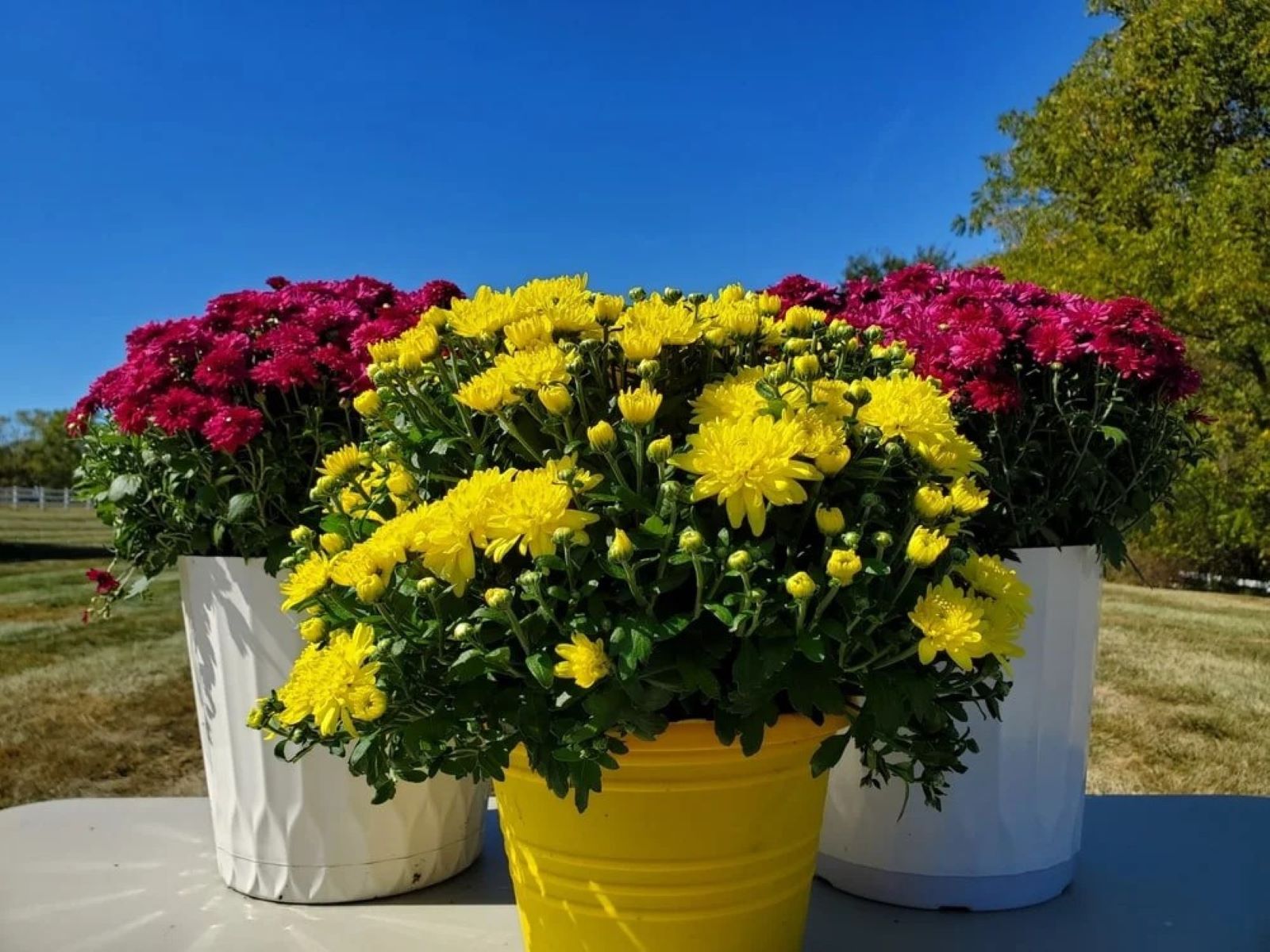
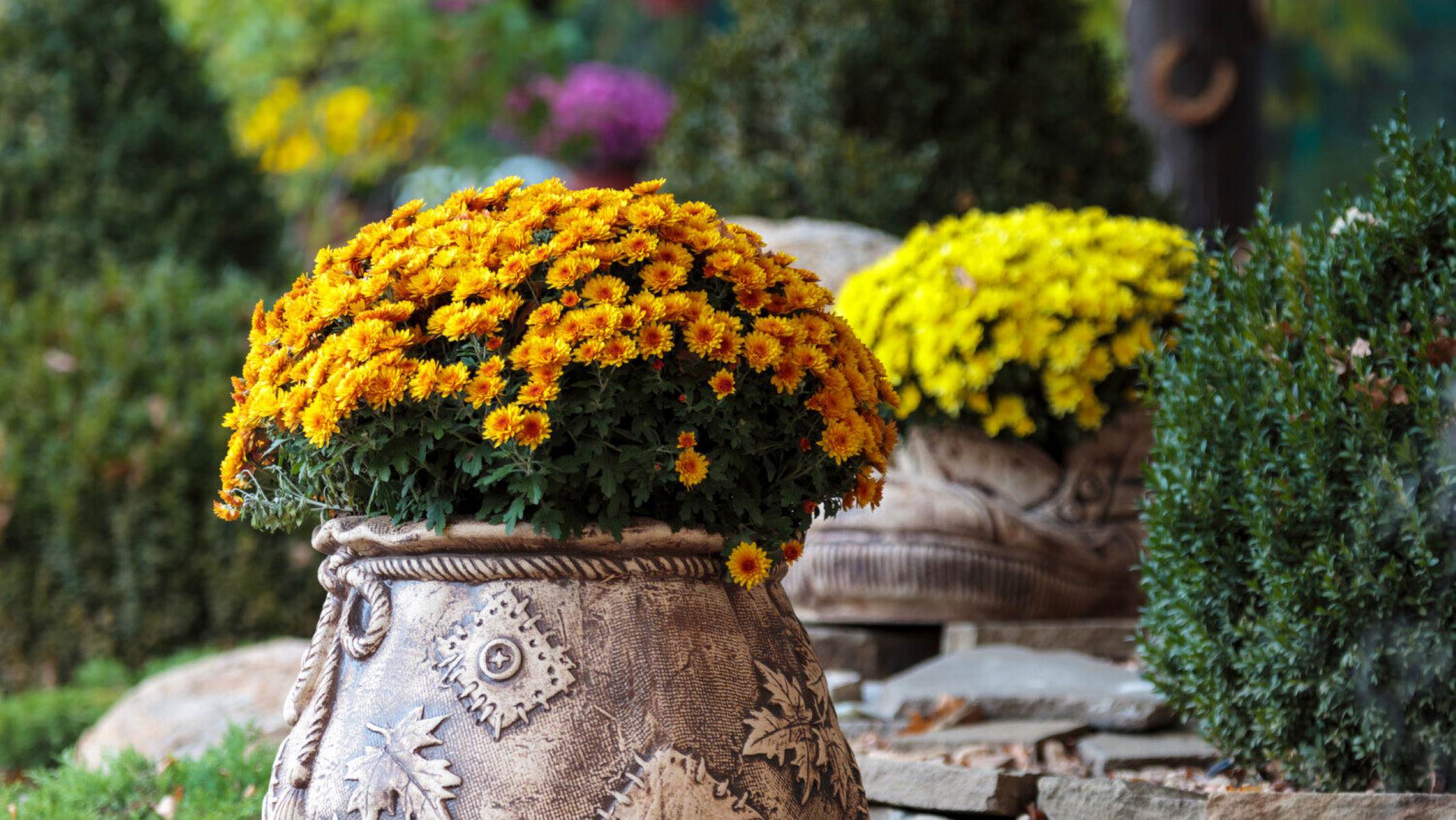
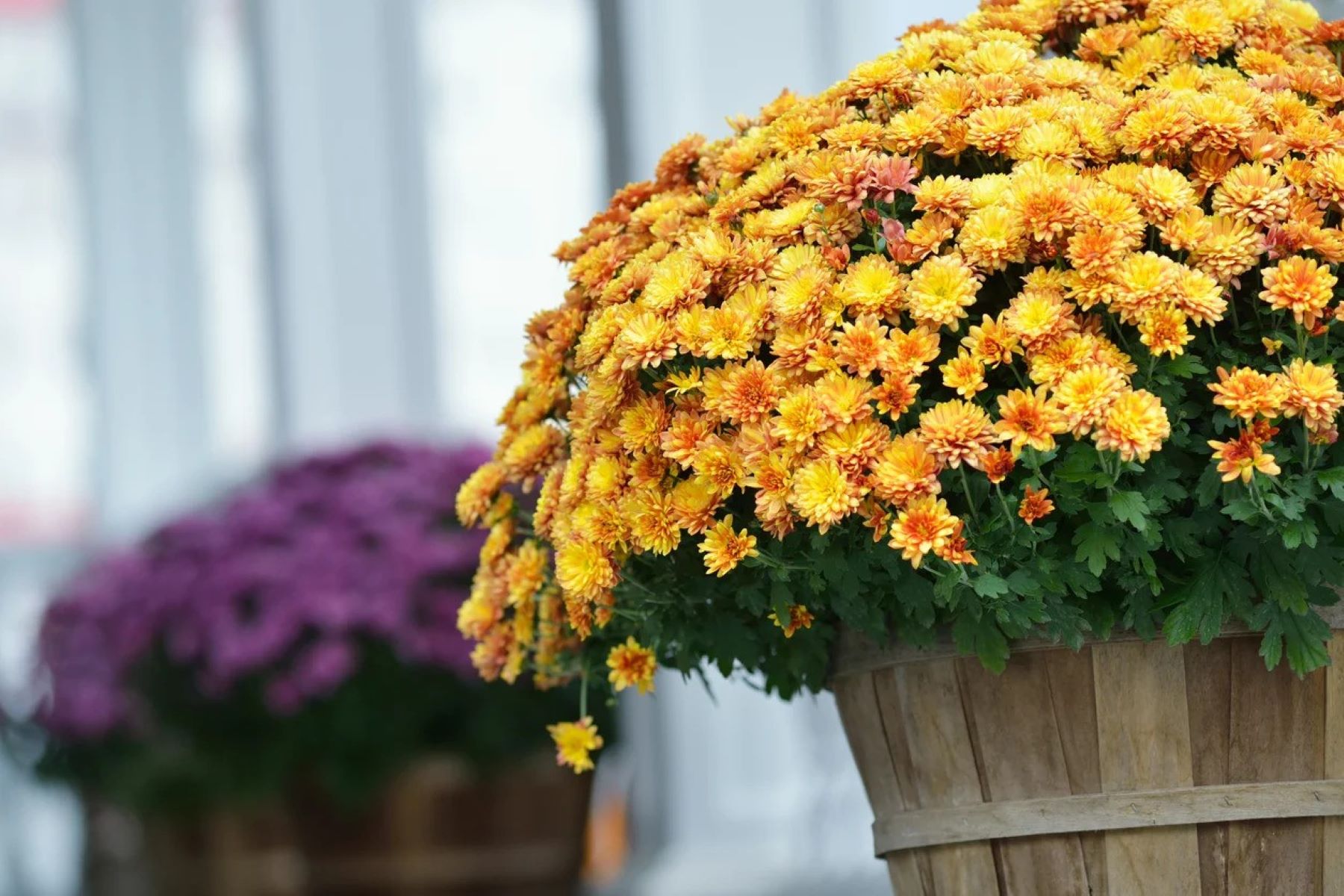
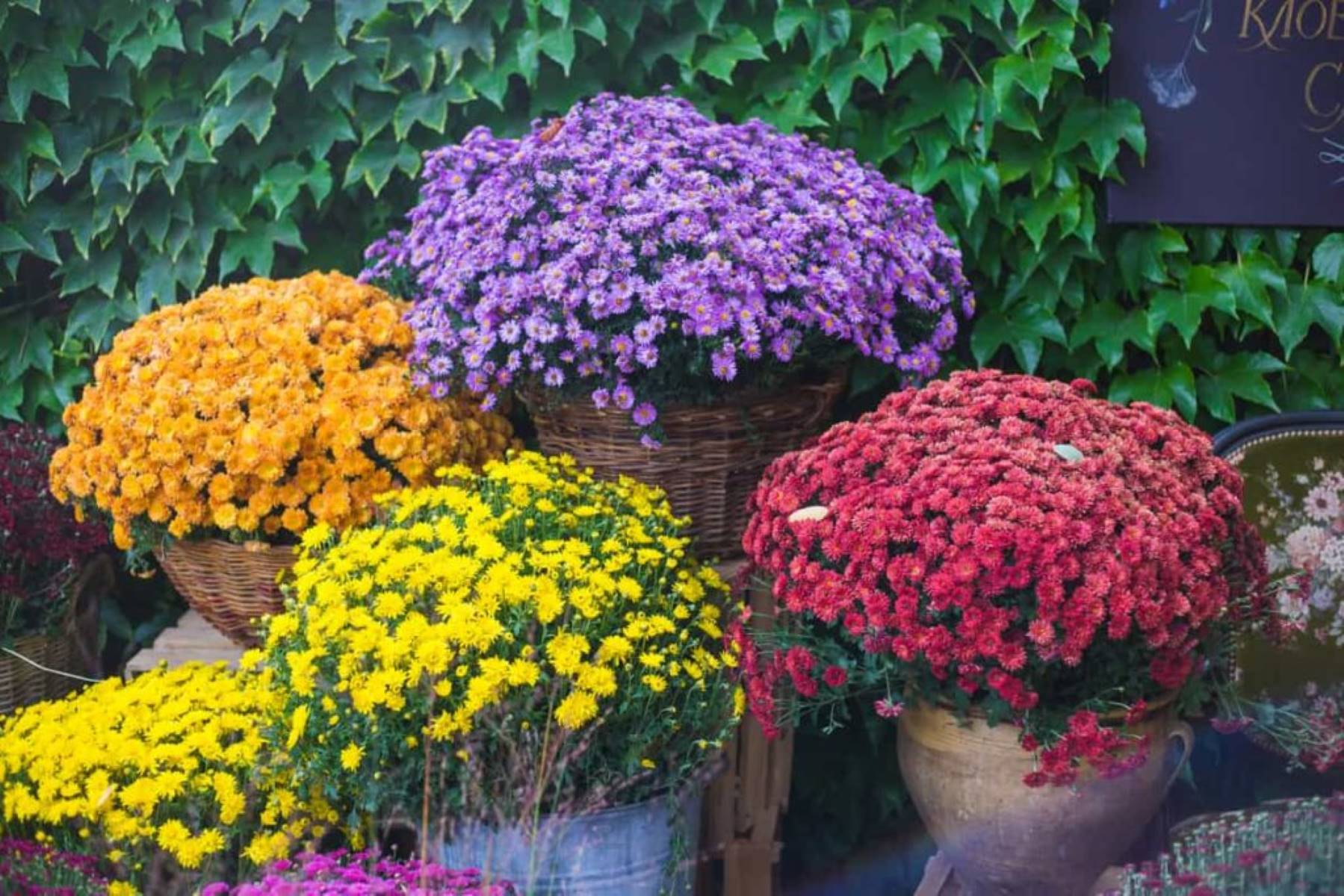
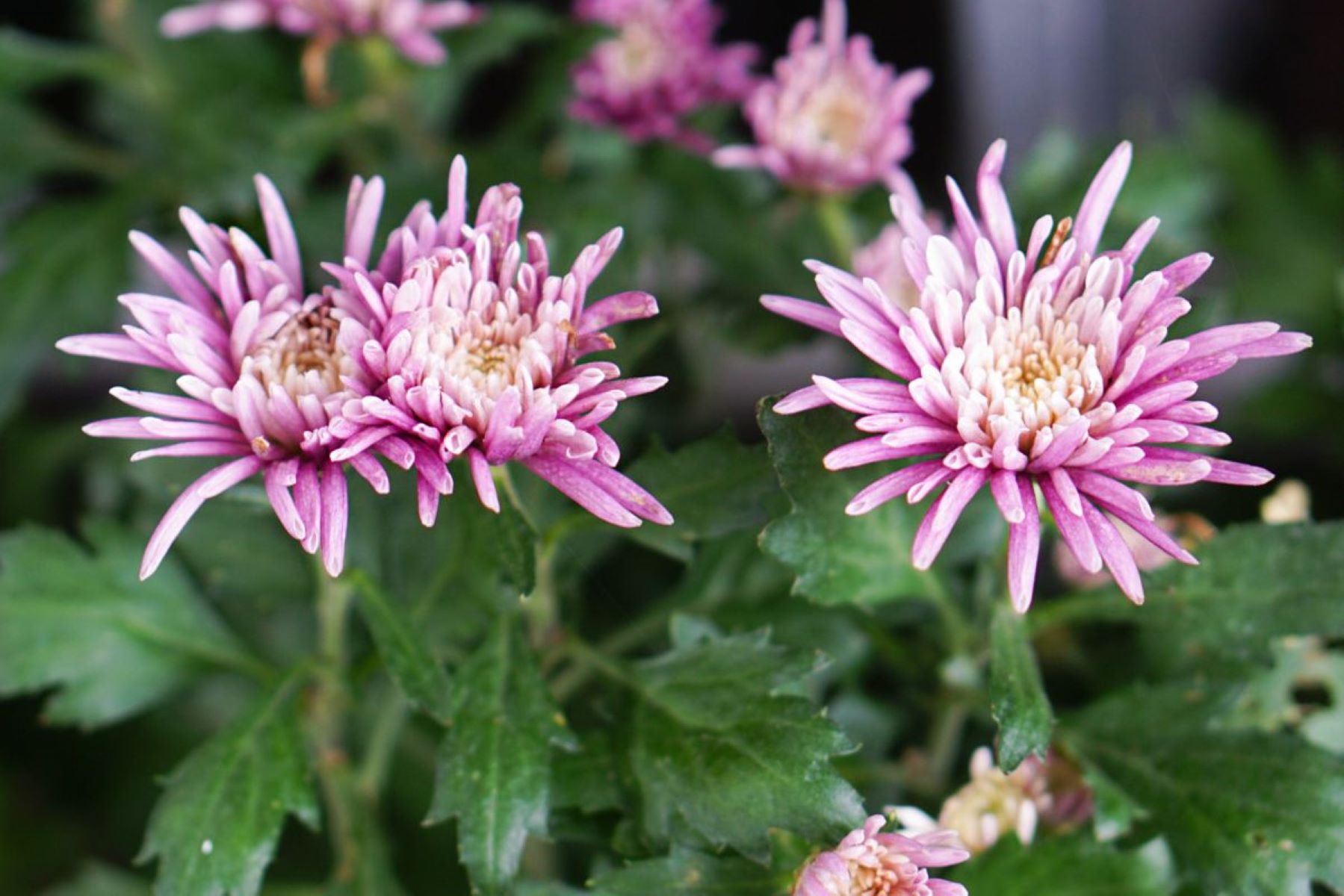
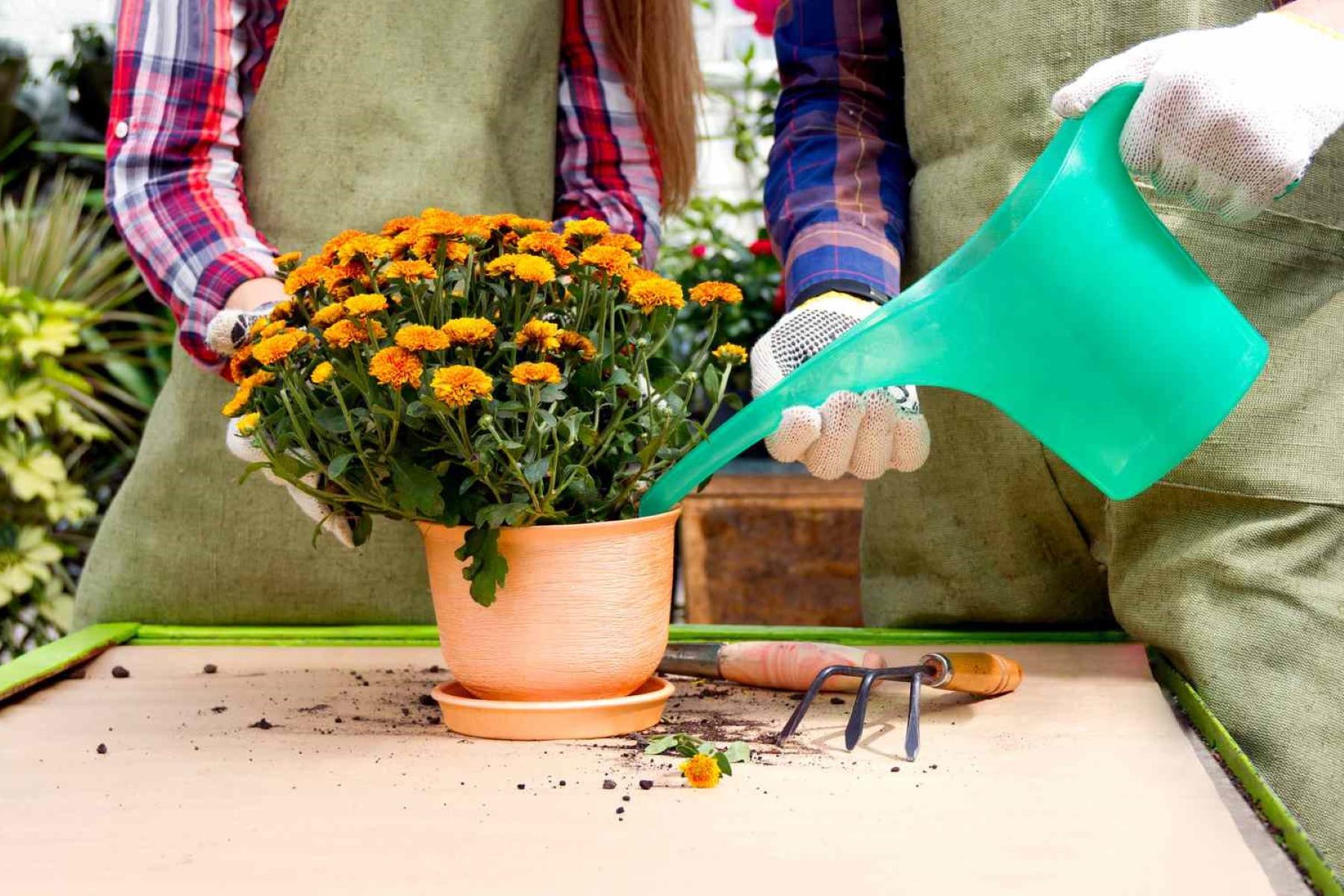
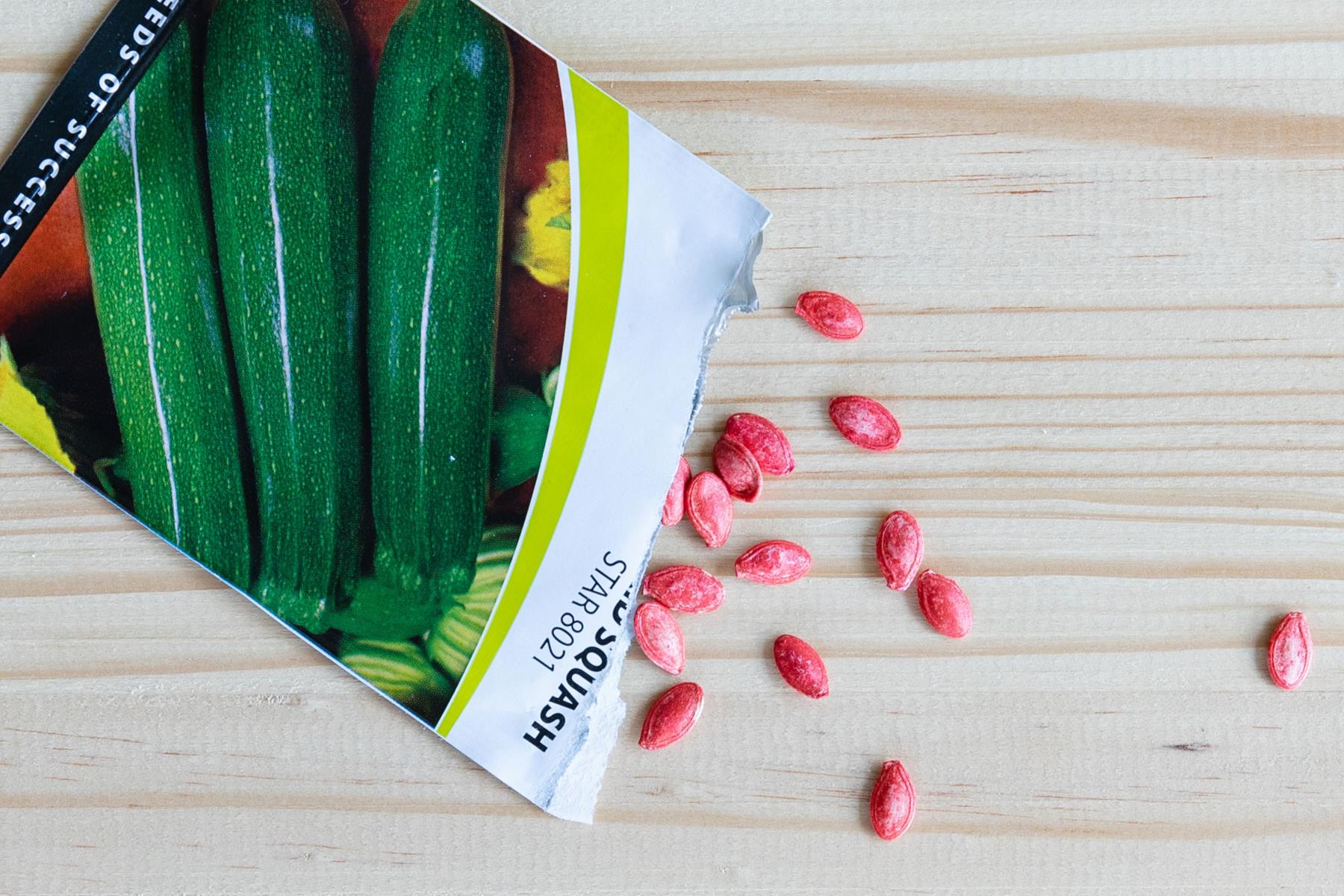
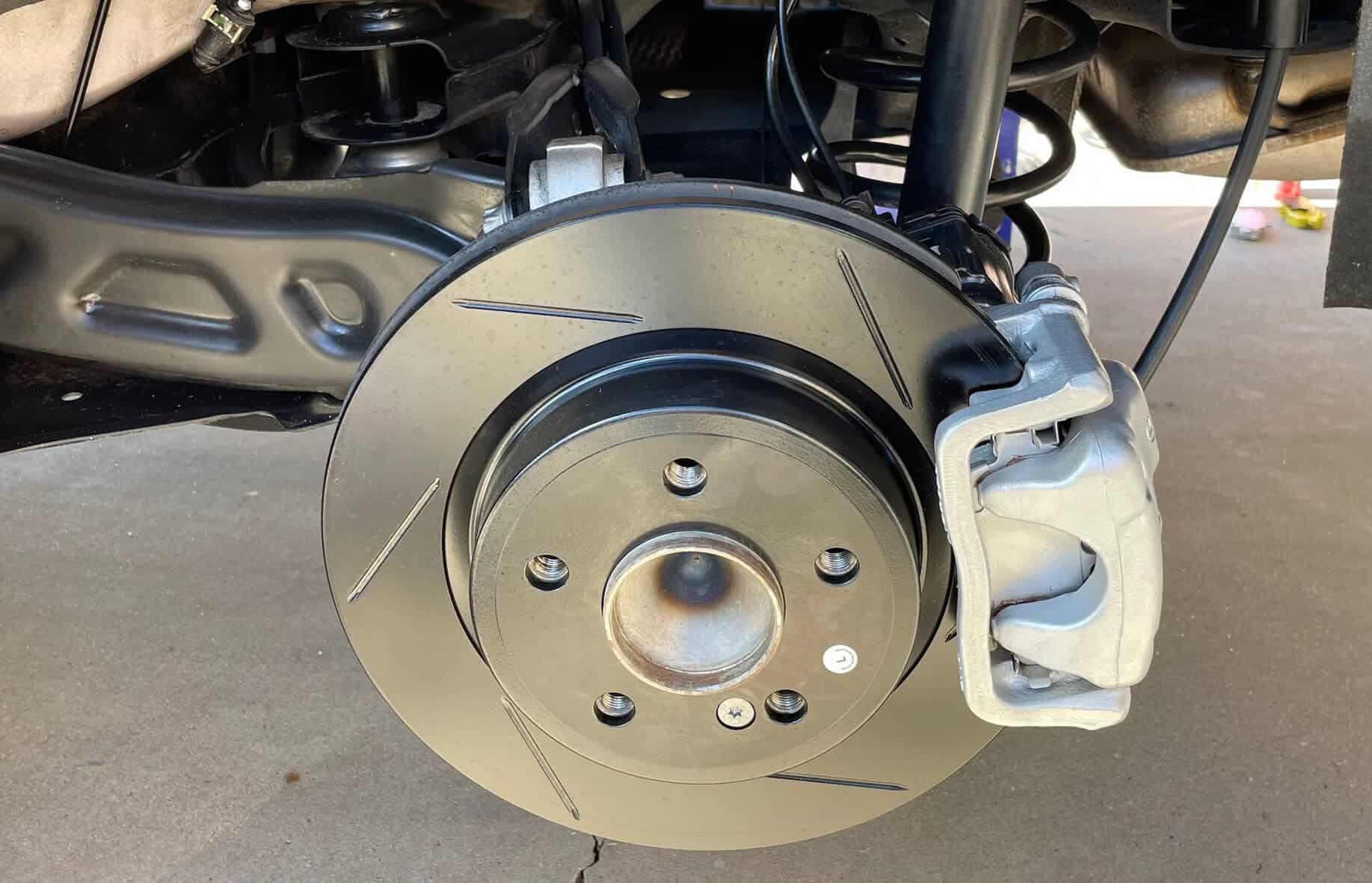

0 thoughts on “How Long Will Potted Mums Last”